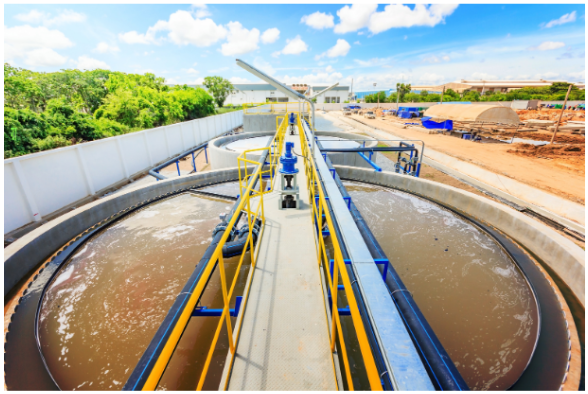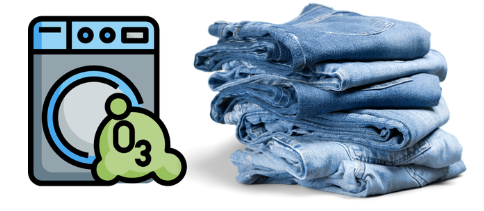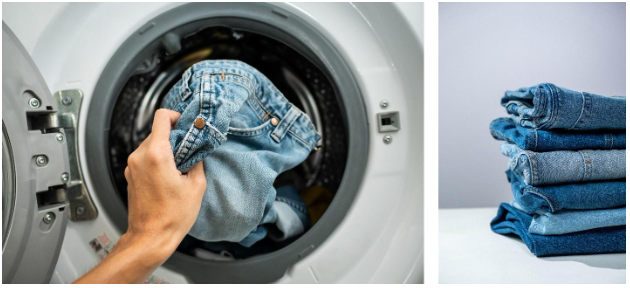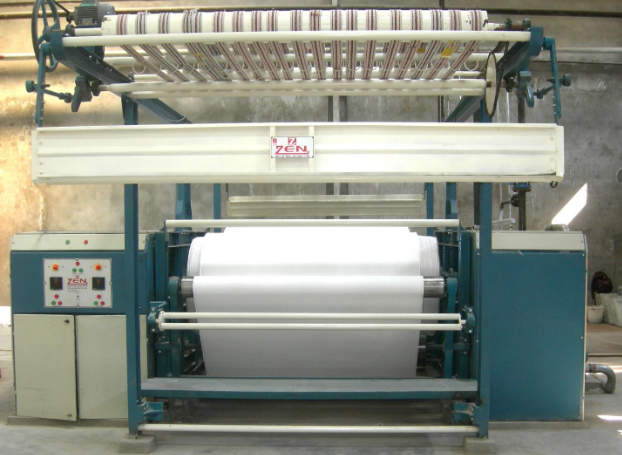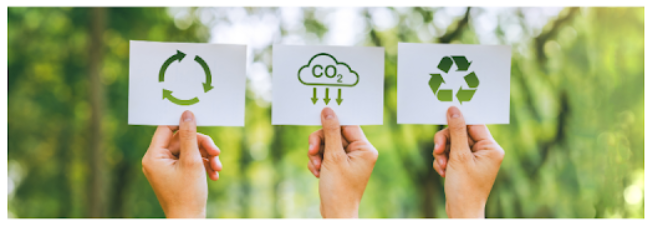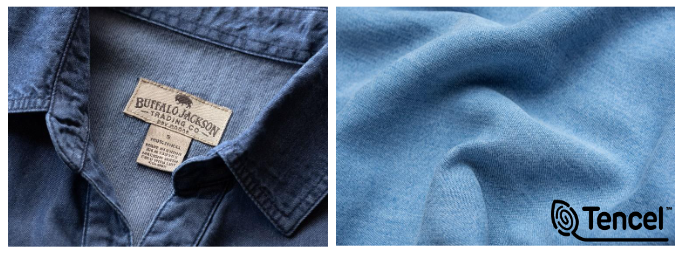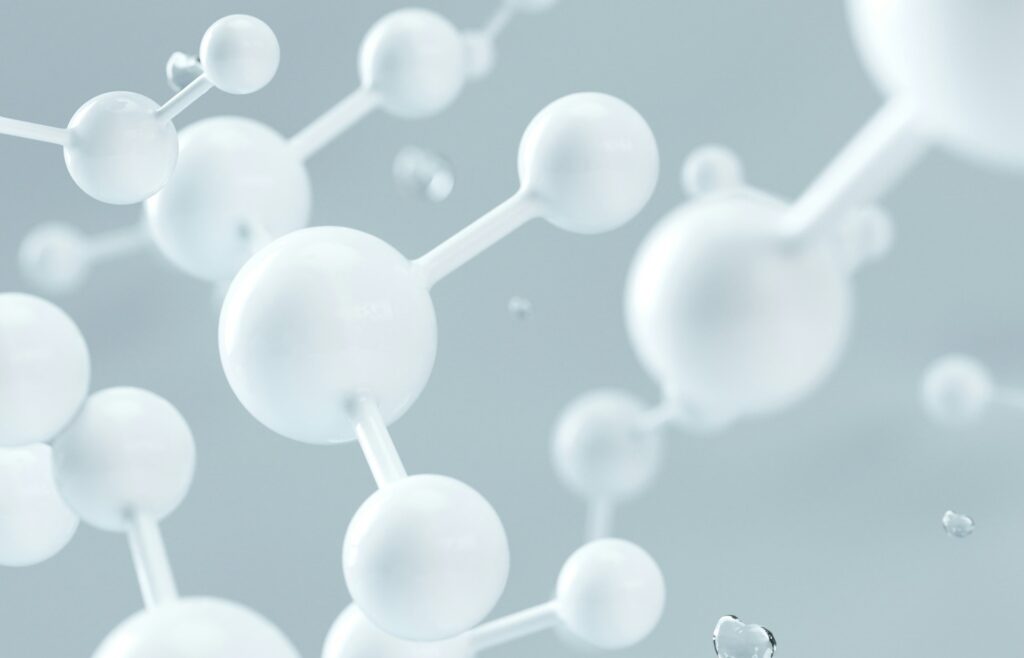Aerospace textile: An interesting textile ride
If anybody asks what is the most exciting and interesting sector of textile, based on today, it will be indicated to Aerospace. This particular technology has approached textiles to fulfil a very common but significant role. Generally a long time ago textile broke the taboo of only known clothing or apparel. Now this article will […]
Aerospace textile: An interesting textile ride Read More »


